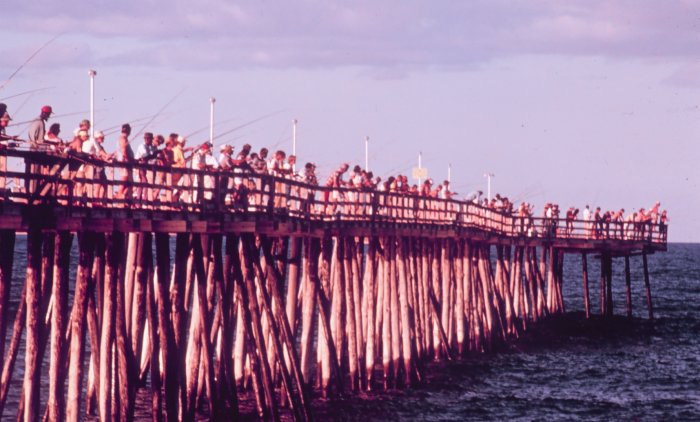I usually avoid the bash-Ashcroft bandwagon--namely because the silly standard attacks are just that, silly.
But Zengerle, in TNR, gives a wonderful review of the Attorney General's testimony from this week.
Indeed, Ashcroft is now such a boogeyman that it's almost tempting to feel sorry for the guy. You find yourself thinking: He can't be that bad, can he? But then Ashcroft goes up to the Hill, as he did yesterday to testify before the 9/11 Commission, and he gives a performance that makes you conclude his harshest critics aren't nearly harsh enough.
You may need a subscription to read it all- but its worth it. Zengerle lays out serious questions about the questions and answers- spending some time on the Gorelick memo.
The attorney general blamed the failure to prevent 9/11 on the "wall," a government-imposed legal barrier that prevented intelligence investigators from sharing information with criminal investigators. Disparaging the wall is, in itself, relatively uncontroversial: Not long after the 9/11 attacks, the Bush administration and Congress tore down the wall as part of the Patriot Act, a decision that a federal appeals court upheld in November 2002. But then Ashcroft went a step further: He claimed the Clinton administration was responsible for building the "wall" in the first place--and that the administration's primary bricklayer had been none other than current 9/11 Commissioner Jamie Gorelick. Brandishing a secret memo that Gorelick wrote as deputy attorney general in 1995--a memo that Ashcroft had helpfully declassified for the occasion--the current attorney general declared, "Somebody built this wall. ... Full disclosure compels me to inform you that the author of this memorandum is a member of the Commission."
It was a smug bit of political theater, but it was both disingenuous and irrelevant to the proceedings at hand. For one thing, Gorelick didn't exactly build the wall on her own. In 1978, Congress passed the Foreign Intelligence Surveillance Act (FISA), which established a secret intelligence court and relaxed the standard Fourth Amendment rule requiring "probable cause" when the government sought search warrants for the "primary purpose" of gathering foreign intelligence. But over the years, in order to prevent criminal investigators from abusing FISA--and its lower threshold for obtaining search warrants--the government built a wall to keep criminal and intelligence investigations separate. Gorelick's memo merely codified what was already standard practice. What's more, if Ashcroft really thought the wall was such an impediment to combating terrorism, he could have moved to tear it down himself before 9/11. But as 9/11 Commissioner Slade Gorton, a former Republican senator from Washington, noted, the Bush Justice Department actually ratified the existence of the wall, noting in its own secret memorandum on August 6, 2001, that "the 1995 procedures remain in effect today."
The Gorelick memo was a way for Ashcroft to turn the harsh spotlight on someone other than himself--which he needed to do since his responses to the criticisms leveled by Pickard and Watson were decidedly unpersuasive. Ashcroft initially said that the May 2001 memo that didn't list counterterrorism as one of DOJ's top priorities--the memo that almost made Watson fall out of his chair--was based on a strategic plan issued by his predecessor, Janet Reno. But he also conceded that Reno's strategic plan did indeed include mentions of terrorism. As for his rejection in the summer of 2001 of Pickard's request for $58 billion more in counterterrorism money for the FBI, Ashcroft tried to fudge matters by noting that the FBI was working under a Clinton administration budget when the attacks occurred and that the first Bush budget for the FBI, which was for fiscal year 2002, substantially increased counterterrorism spending. But of course it did; that budget was crafted after the 9/11 attacks. Finally, Ashcroft just denied that he ever told Pickard he didn't want any more briefings on terrorism issues.



<< Home